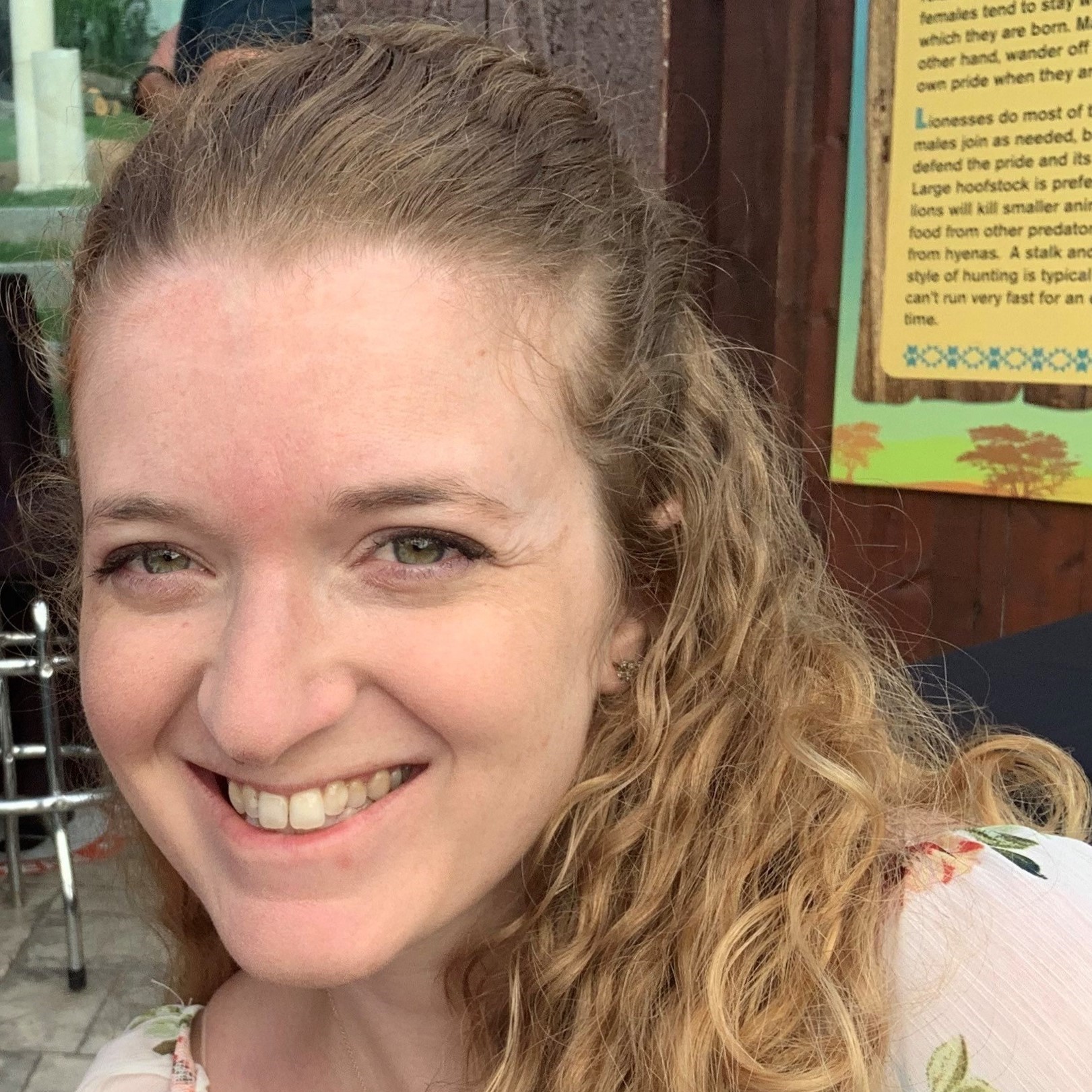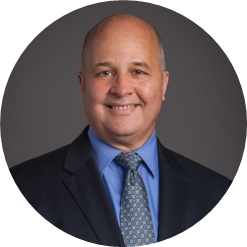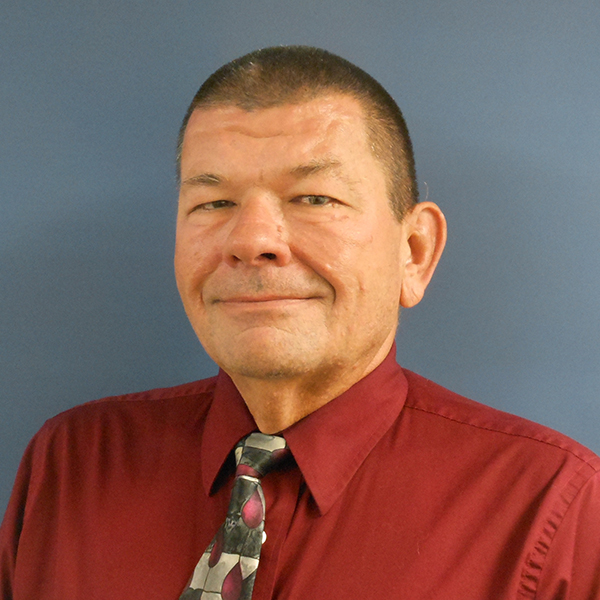|
Session C6.1
Remediation and Recovery: Chronicling the Improvements of the Hudson River PCBs Site
Kaitlin Garvey
11:15 – 11:45 AM ET
| About the Presentation |
|
The extensive PCB contamination of Hudson River sediments, water, and fish has been the focus of investigation and remediation for more than 40 years. Remedial dredging of the Upper Hudson River was completed in 2016. Post-remedial monitoring has been underway for 5 years. The extensive historical, remedial and post-remedial monitoring data for fish, water, and sediment provide the opportunity to rigorously examine remedy effectiveness through time. Active remediation involved removal of 2.7 Myd3 of sediment from 491 acres of river bottom across a 40-mile stretch of the river, followed by extensive backfilling of most of the 491 acres, plus habitat reconstruction and replanting where appropriate. This initiated a period of monitored natural recovery across more than 150 river miles, as mandated by the 2002 Record of Decision. Pre- and post-remedial monitoring of PCBs in fish, water, and sediment throughout the Hudson track not only the remedial endpoint (PCB levels in fish) but also PCB levels in the matrices responsible for fish exposure.
As part of the ongoing evaluation of remedy success, EPA recently finalized its second five-year review for the site in 2019 after a lengthy period of public comment. This review examined the post-remedy PCB levels in fish, water, and sediment. Additionally, EPA reviewed and analyzed additional post-remedy surface sediment data obtained by New York State in 2018, representing >1,600 additional surface sediment locations, augmenting sediment sampling efforts of General Electric as directed by EPA. The combined results represent one of the most extensive post-remedial sediment data sets obtained anywhere in the world.
This presentation will describe the direct changes made by remediation as well as the reductions observed post-remediation. In the 40-mile stretch, sediment results show the greatest reduction among the three media, with 93% reduction in average surface sediment concentration in the most contaminated river section, including significant improvements in both remediated and un-remediated areas. Water data show approximately a 40 to 60% decline relative to pre-remedy conditions. Fish tissue levels have substantially recovered relative to conditions observed during the dredging but show a high degree of variability, limiting EPA's ability to assess recovery relative to pre-dredging conditions. Well downstream, water and fish were not significantly impacted by dredging-related releases. The results suggest that the improvements in fish may be limited to the upper half of the 150 miles of river and may lag the rate of recovery observed in the sediments.
|
| About the Speaker |
|
 Kaitlin Garvey, ENV SP Kaitlin Garvey, ENV SP
Environmental Scientist
WSP USA
Kaitlin Garvey is a master's level biologist with over 9 years of experience as an environmental scientist. Kaitlin has been with WSP USA for the past 7 years, working as a wetlands ecologist and data analyst. She plays a major role in forensic data analysis, statistical data interpretation, and mapping on projects like the Hudson River PCB site and the Lower Passaic River, supporting the USEPA and the Army Corps of Engineers, among others. Prior to her current role at WSP USA, Kaitlin worked as a wetland ecologist, performing wetland delineation and restoration for the power industry. She is a proud alum of The College of New Jersey and Montclair State University.
|
Session C6.2
Sustainable IX Resin Treatment and Destructive Technologies Overview for Complete PFAS Treatment
Paul S. Newman, PG
11:45 AM – 12:15 PM ET
| About the Presentation |
|
Long-term liability surrounding per and polyfluoroalkyl substances (PFAS) waste products and discharges is of concern to DOD and industry. This concern has only increased as regulations are developed with greater restrictions on PFAS management. In order to move beyond just sequestering PFAS in place, many organizations are looking to find methods to completely break down the carbon-fluorine bond and achieve mineralization of PFAS compounds. ECT2 has developed technologies that concentrate PFAS to help make these technologies feasible. Our work at Pease AFB and RAAF Williamtown, where we are able to concentrate PFAS by a factor of a million-to-one, will be highlighted. Due to our involvement in several different destructive technology bench tests and field pilot projects, ECT2 is in a unique position to provide an overview of the promising options for the mineralization of PFAS compounds. This presentation will give a summary of what some of these technologies are and how they work. Discussions will include the basic mechanisms each employs for the destruction of PFAS, the advantages and disadvantages of each, as well as who is currently working on these technologies.
|
| About the Speaker(s) |
|
 Paul S. Newman, PG Paul S. Newman, PG
DOD Market Sector Leader
Emerging Compounds Treatment Technologies, Inc. (ECT2)
Paul Newman is the Department of Defense Market SectorLeader for ECT2, anequipment company focused on developing and implementing treatment technologiesfor PFAS and other emerging, difficult-to-treat contaminants. ECT2 has been delivering full-scalePFAS treatment plants in the US and Australia since 2017. Paul’sfocus is currently on supporting the DoD in pilot- and full-scale PFAS water treatment system deployment, and pairing our foam fractionation and regenerable ion exchange processes with PFAS destructiontechnologies. He received his Bachelor’s Degree in Geology from the Universityof Windsor and his Master’s Degree in Mineral Exploration Geology from McGillUniversity. A true Canadian, he lives in Florida.
|
Session C6.3
SCDHEC Dry Cleaner Innovative Site Assessment/Remediation Program
Perry Kelso
12:15 – 12:45 PM ET
| About the Presentation |
|
The South Carolina Department of Health and Environmental Control (SCDHEC) administers the state's Dry Cleaning (DC) Facility Restoration Program. The Program was established to address environmental impacts resulting from dry-cleaning activities and focused on reducing potential human health risks from exposure to media impacted by dry cleaning solvents. WSP USA Inc, (WSP) collaborated with SCDHEC to apply innovative assessment and remediation methods to identify and mitigate potential health risks of impacted receptors using the limited annual budget.WSP applied the following innovative approaches to expedite site evaluation and to prioritize where limited funds should be targeted to mitigate risks:
- Expedited assessment incorporating critical elements of EPA Screening Guidance to identify potential human health and ecological risk receptor pathways and prioritize sites;
- Developed a field-based colorimetric analytical method for low-level detection of chlorinated compounds to facilitate real-time decisions; and
- Development of modified Sub-slab Depressurization System (SSDS) design using readily available system components.
Multiple approaches and techniques WSP applied to the DC Program have been adopted by other SCDHEC programs including Waste Cleanup, Brownfields, and CERCLA Site Screening allowing for efficient use of limited funds to achieve DC Program goals. The innovative techniques applied by WSP have been highlighted in engineering profession publications and presentations associated with the EPA-sponsored State Coalition for the Remediation of Drycleaners, EPA Clu-In, and the Interstate Technology & Regulatory Council.WSP gained public support for the work by engaging stakeholders early in the assessment and design process. This engagement advances a positive public image of the role of engineers because it demonstrates protection of human health and the environment at community properties can be accomplished in reasonable timeframes and with minimal impact to stakeholders.Removal/reduction of contaminants in the subsurface soil and groundwater and from the indoor air and sub-slab soil gas at former DC facilities enhances public safety and increases property values by expanding potential future uses of former DC facilities, which contributes to the economic health of the community. SCDHEC originally approached the DC Program one site:
- To improve the efficiency of this program, WSP collaborated with SCDHEC to reduce the complexity of the traditional one-site-at-a-time approach.
- Customized site assessment to prioritize sites and focus on protecting human health.
- Customized Vapor Intrusion Potential assessments geographically grouped sites in bundles, reducing costs.
- Utilized SSDSs intended for radon mitigation, reducing design and installation costs.
The South Carolina DC Restoration Program expenditures are limited to approximately $1M per year. WSP improved the efficiency of this program, greatly exceeding the client's previous results by using field-based analytical methods to provide real-time decision making and maintaining staff continuity, leveraging our program knowledge to expedite schedules and control costs.
|
| About the Speaker |
|
 Perry Kelso, PG Perry Kelso, PG
Sr. Lead Consultant, Geologist
WSP USA
Mr. Kelso manages WSP’s Assessment and Remediation Services contract with the South Carolina Department of Health and Environmental Control (SCDHEC), primarily supporting the agency’s Drycleaning Facility Restoration Program. Mr. Kelso specializes in the assessment of chlorinated solvent impacts to soil, groundwater, and indoor air at industrial and dry-cleaning facilities using expedited investigative techniques, field-based analysis and decision strategies, adaptive risk management, and remedial strategies that place a strong emphasis on understanding and achieving the client’s project-specific goals in the most timely and cost-effective manner while maintaining high levels of QC. To support his investigations, he developed the Color-Tec method; a field-based analytical technique for real-time, low-level detection of chlorinated volatile organic halocarbons (CVOHs) in soil and water samples.
|
Back to Schedule
|

 Kaitlin Garvey, ENV SP
Kaitlin Garvey, ENV SP Paul S. Newman, PG
Paul S. Newman, PG Perry Kelso, PG
Perry Kelso, PG

